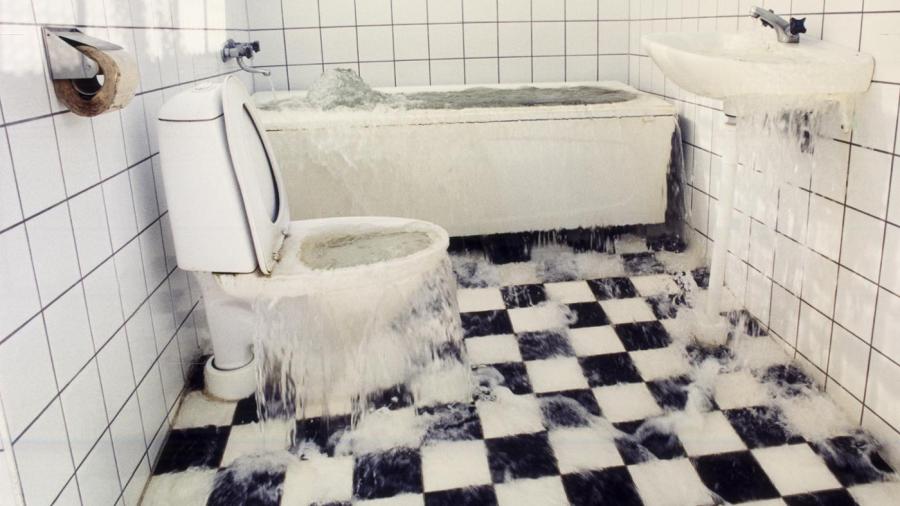What Causes a Toilet to Overflow?

Overflowing toilets are most often caused by blockages or defects in the plumbing or the tank float mechanism that regulates water flow. Water builds up inside the toilet, but because there is a blockage where the water usually escapes, the water level increases to the point of overflowing.
Most toilets feature a supply line near the bottom side of the bowl with a valve. If a toilet begins to overflow, the valve should be turned counter-clockwise to prevent water from pouring out onto the floor. If there is no valve or the valve cannot be located, the tank cover should be removed so that the float cup or float ball can be lifted high enough to stop water from running. If water continues to run, the water supply to the house should be cut off. Once water flow has ceased, the blockage should be cleared by using a plunger or an auger. If a plunger is used but fails to clear the blockage, an auger can be inserted into the toilet hole and gently tugged on once resistance is encountered. Once the blockage is cleared, the float mechanism should be reset so that the tank portion of the toilet does not overflow. If toilet blockage cannot be cleared, a plumber should be called.





